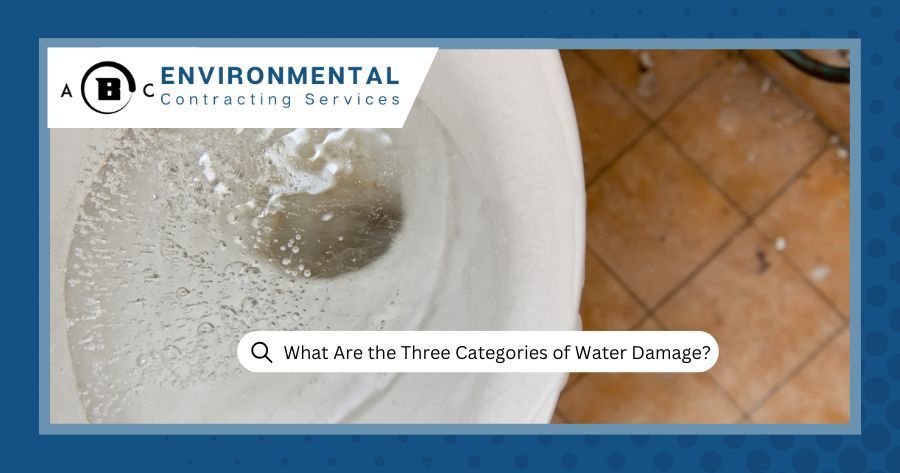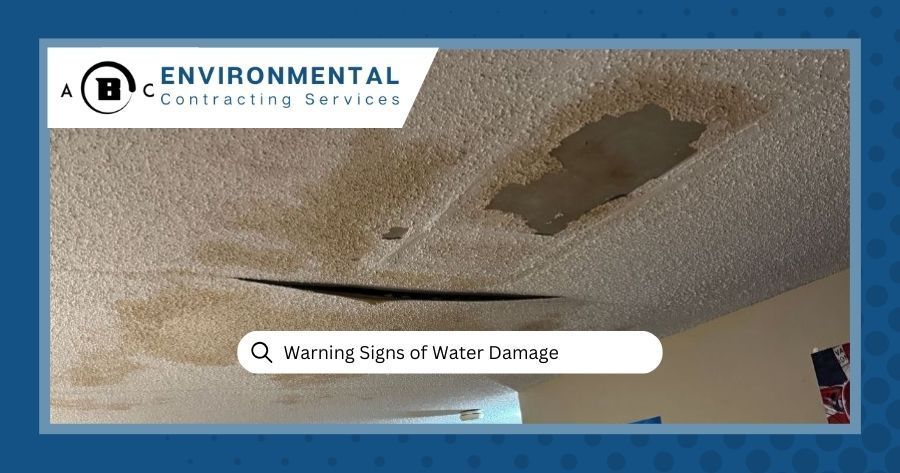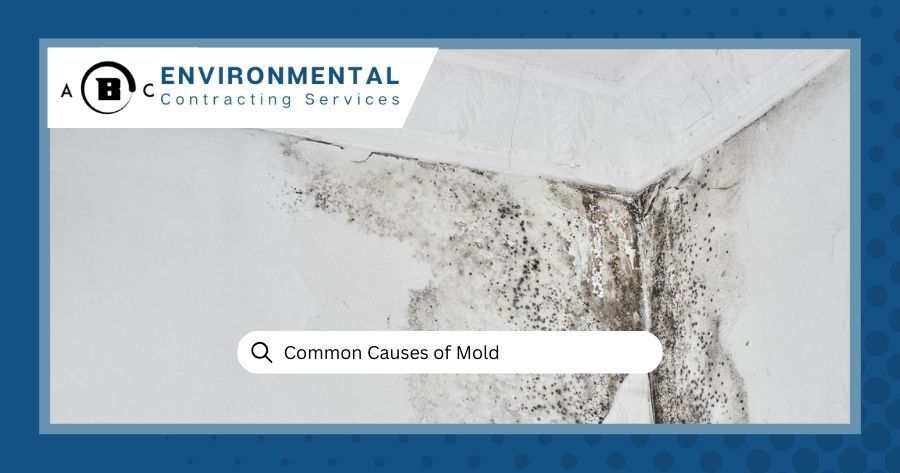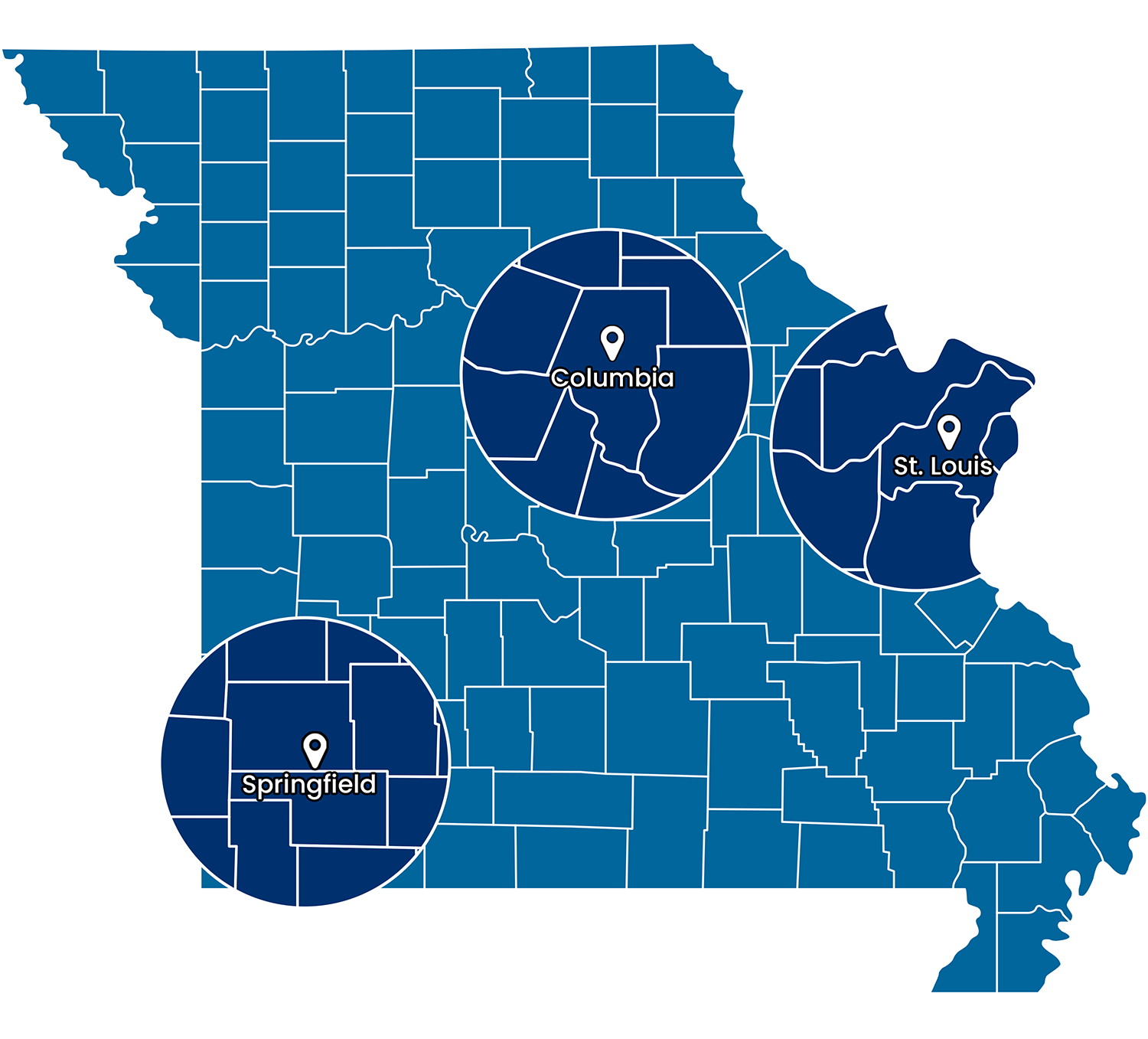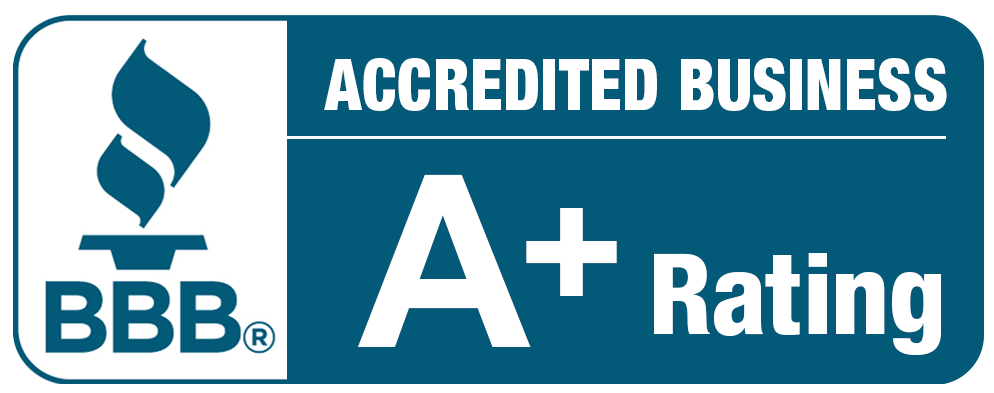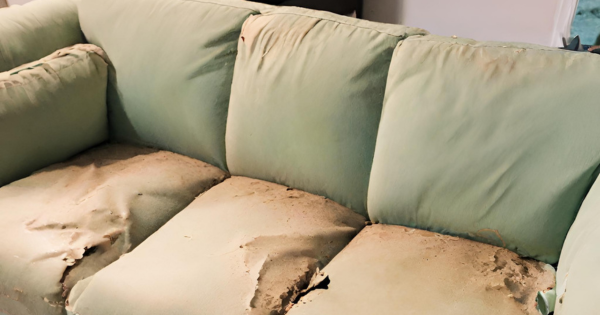
Few things leave as much devastation in their wake as water does. Whether your home floods during a severe weather event or the water comes from a plumbing problem, the result is the same: widespread damage, a labor-intensive cleanup process, and a good chance that many of your belongings will be unsalvageable. The sooner you get help for water damage restoration in Columbia, the more likely they’ll be able to rescue your water-damaged furniture.
However, their ability to do this depends on several factors, including the water source, how long the furniture piece was wet, and what materials it contains.
The following guide will give you a better idea of what to expect during water damage restoration for your furnishings.
Is It Salvageable? How Water Restoration Experts Decide
Cleanup crews categorize water damage into three categories: clean, gray, and black water. Clean water comes from a sanitary source like rain or a water supply line and doesn’t pose any health dangers. Gray water and black water contain high levels of contamination that present significant health risks; water from sewer backups and stormwater flooding fall into these categories.
Attempting to repair water damaged furniture is inadvisable after a black water flood. Even solid wood pieces can absorb toxic contaminants, so it’s better to claim furniture as a loss with your insurance company and replace it.
You should also discard items that quickly absorb water but are difficult to dry and disinfect fully. These include:
- Pieces made from particleboard
- Mattresses
- Box springs
- Pillows
- Furniture padding
Cleaning Different Types of Furniture
Water restoration teams do everything possible to salvage as many of your belongings as possible. If the water is clean and doesn’t have time to saturate items, it’s much easier to restore them.
The first step is to remove everything and get it to a dry area. Then, the cleaning methods depend on the type of furniture.
Metal and Plastic
Most metal and plastic pieces only need drying and disinfection after being exposed to water. Be sure to dry them to prevent rust or mold growth entirely.
Upholstery
When cleaning wet chairs, sofas, and upholstered pieces, the first thing is to disassemble all the removable parts so they can start to dry.
Upholstery can be tricky to restore since the padding and stuffing are prime breeding grounds for odors, mold, mildew, and bacteria. Sometimes, the best approach is to replace the cushions after cleaning the cushion covers. Another option is to machine wash the cushions and dry them thoroughly before putting the clean cover back on.
After dealing with the cushioned parts of water-damaged furniture, restoration professionals use a fan and a wet vac to dry the frame and other parts as quickly as possible.
Leather
The priority when dealing with a water-logged leather couch is to absorb as much water as possible. Crews will use soft cloths to pull the moisture from the surface, taking care not to apply too much pressure, which can push water into the leather and cause more damage. When it's almost dry, the team uses a leather cleaner to wash the surface and a fan to help it dry.
Wood Furniture
Prolonged water exposure can cause significant damage to wood pieces, like warping, discoloration, and rotting. Getting the wood out of the water and dry as soon as possible is critical to salvaging these furniture pieces. Be sure to remove all the drawers and doors while the pieces dry to ensure they fit and function correctly after restoration.
How To Restore Wood Furniture
While you may not need to replace or fix water damaged furniture if it dries quickly enough, wood furniture often needs further restoration after drying and cleaning. If you have valuable or antique pieces, leave the work to wood damage restoration professionals. Otherwise, these are some effective techniques to undo the damage:
- Remove white spots from contaminated water using a solution of equal parts baking soda and toothpaste and a soft cloth.
- Eliminate black mold spots by removing the top finish and treating the affected area with a peroxide solution.
- Use a furniture moisturizer to restore wood veneer, eliminate the wrinkles and crumpled areas caused by water, and restore an ultra-smooth surface.
Severe damage, like discoloration, usually requires refinishing the entire piece to restore it to like-new condition.
Get Help With Water Damage From ABC Environmental Contracting Services of Columbia
Dealing with water damage typically requires professional assistance to prevent mold growth and ongoing health risks. Reach out to
ABC Environmental Contracting Services of Columbia at (573) 928-2668 for fast, reliable help when you need it most. Our team of experienced water restoration professionals will be there right away to help you get on the road to recovery and salvage water damaged furniture.

